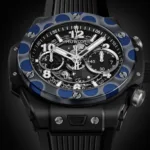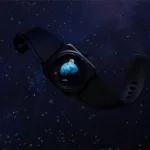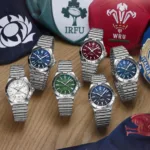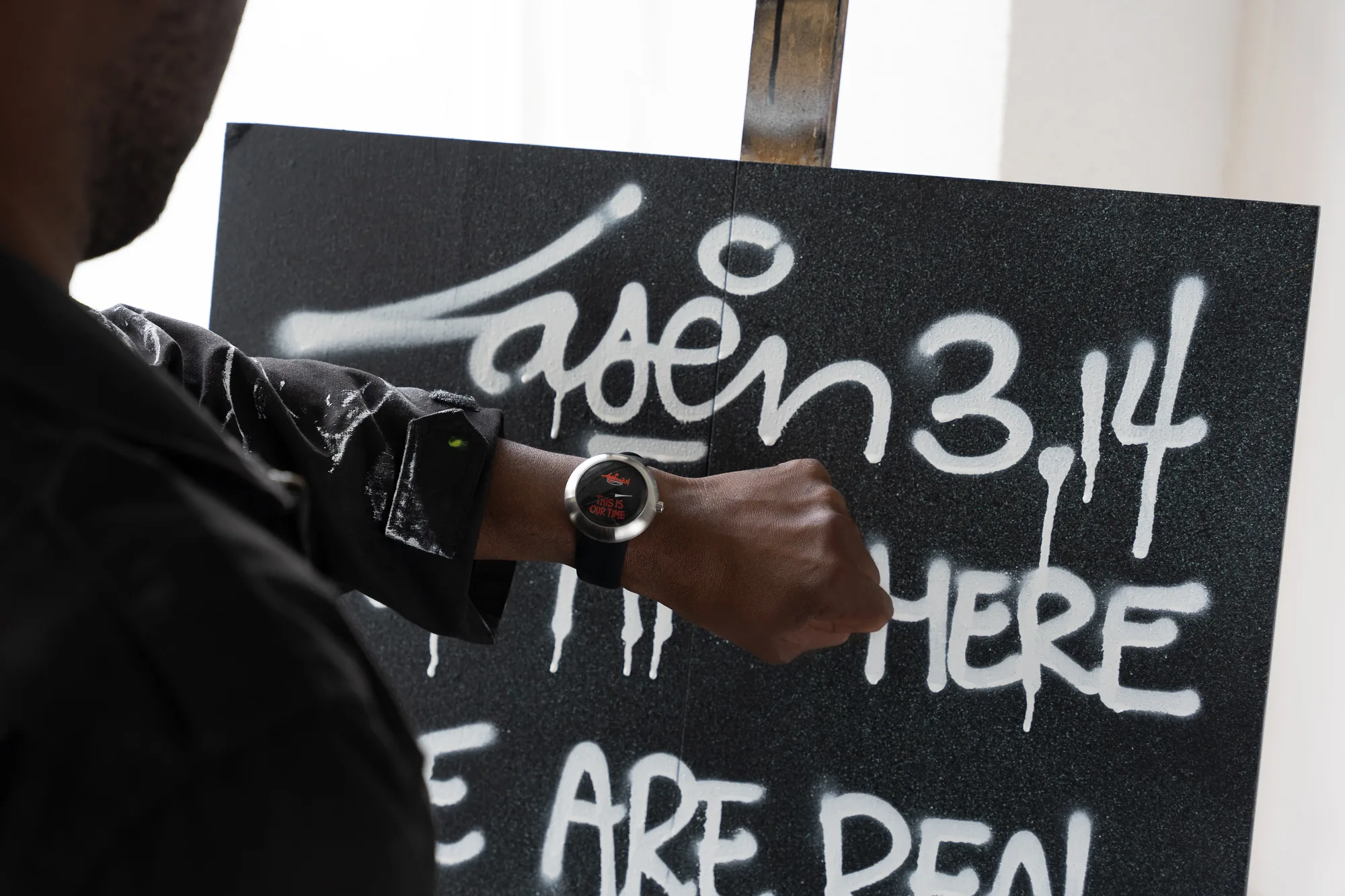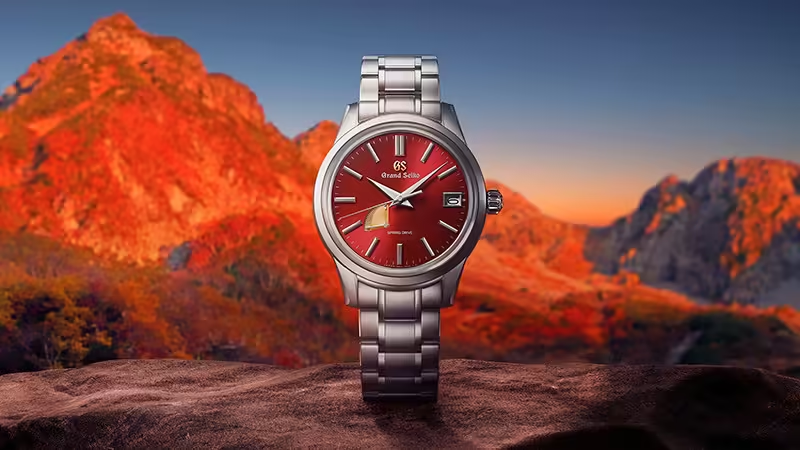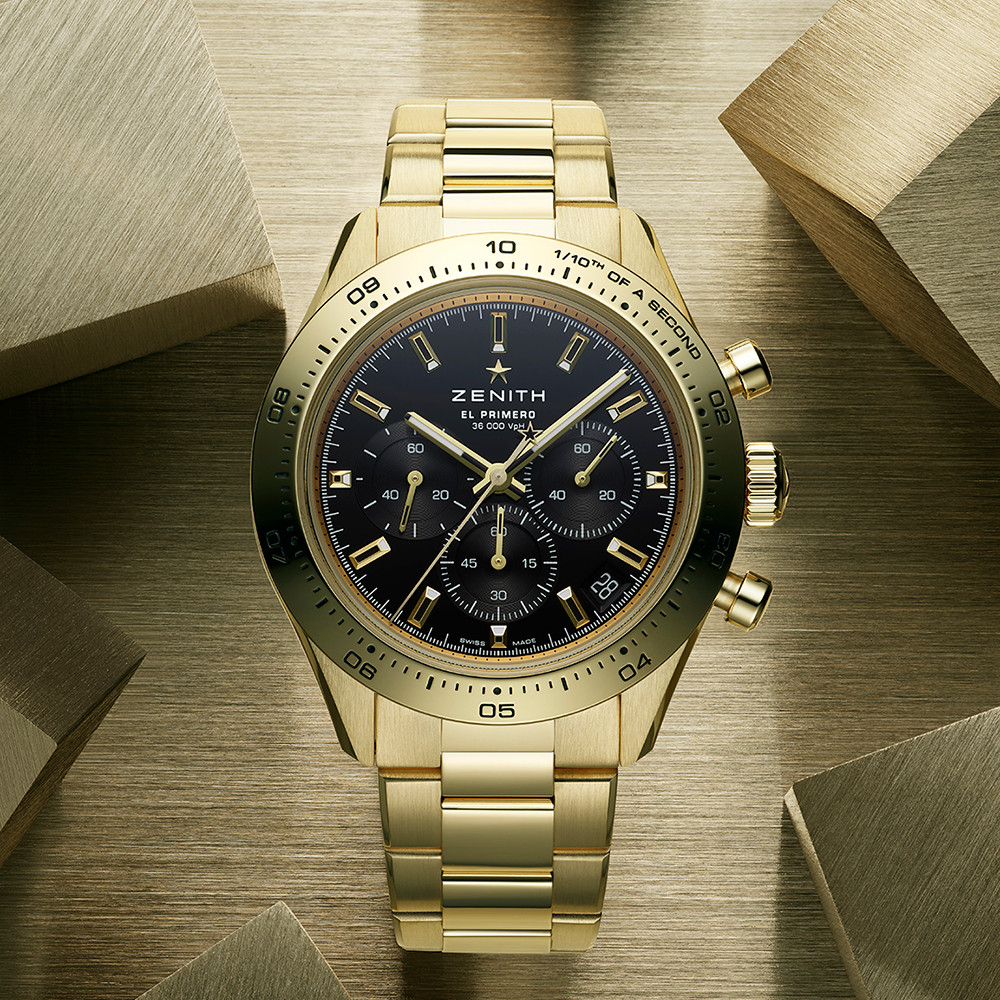Introduction
In the luxury watch industry, few items command as much attention as a limited edition collaboration wristwatch. These exclusive timepieces are the result of meticulous craftsmanship and the creative merging of two or more distinct brands or personalities. The goal is to create a watch that is not only a functional accessory but also a statement piece, often turning into a highly sought-after collector’s item.
However, the process of bringing such a watch to life—from initial concept to final launch—is intricate and demanding. It involves careful planning, strategic partnerships, and flawless execution. This article will walk you through the essential steps to successfully create and launch a limited edition collaboration wristwatch, drawing on real-world examples, including collaborations by Ace Jewelers and NOMOS, as well as insights from leading watch blogs like Hodinkee, Monochrome, and Fratello.
Conceptualization and Partnership Selection
The journey begins with a strong concept and the selection of the right partner. The success of a collaboration largely depends on finding a partner whose brand identity, aesthetics, and audience align with your own. The idea behind the collaboration should resonate with both the watchmaker and the partner, creating a unified vision that appeals to collectors and fans alike.
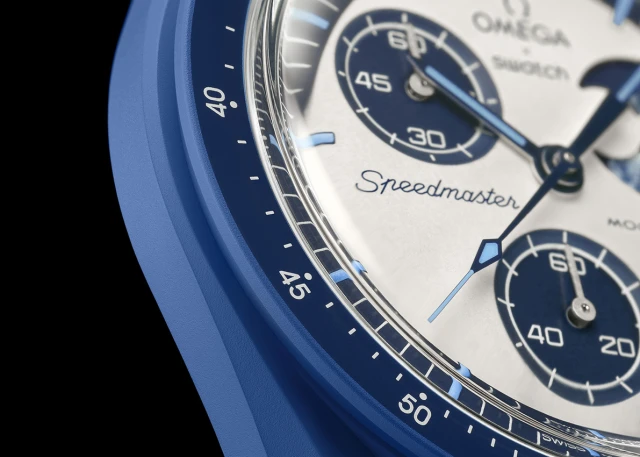
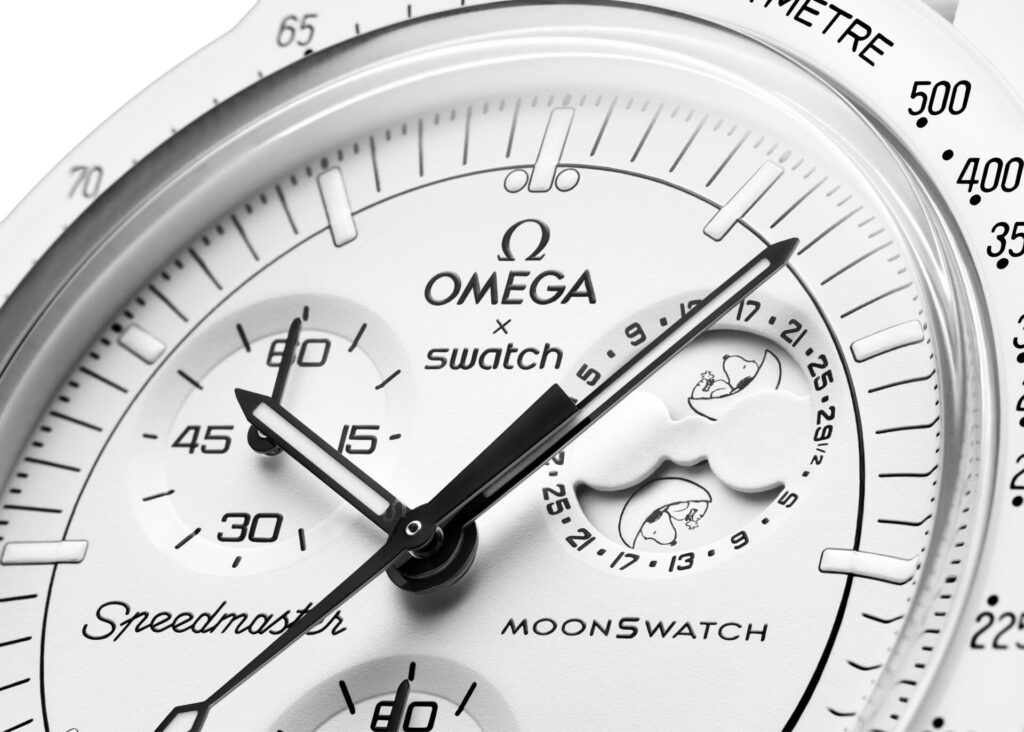
- Example: Omega x Swatch MoonSwatch
One of the most talked-about collaborations in recent years is the Omega x Swatch MoonSwatch. This partnership combined the high-end legacy of Omega’s Speedmaster Moonwatch with Swatch’s playful and accessible brand image. The result was a watch that democratized the Speedmaster, making it available to a broader audience while maintaining a sense of exclusivity through limited availability. This collaboration not only tapped into Omega’s established fan base but also attracted younger, more fashion-forward consumers, showcasing the importance of aligning the visions of both brands. - Example: Ace Jewelers x NOMOS
Another excellent example of a well-aligned collaboration is Ace Jewelers’ partnership with NOMOS Glashütte. Ace Jewelers, a leading luxury retailer based in Amsterdam, teamed up with the German watchmaker NOMOS to create limited edition versions of NOMOS’s classic models, like the Orion and Club. These collaborations were particularly successful because Ace Jewelers and NOMOS share similar values—both focus on high-quality craftsmanship, timeless design, and a commitment to customer satisfaction. The watches, produced in limited quantities, were tailored to the tastes of Ace’s clientele while staying true to NOMOS’s minimalist aesthetic. - Research and Market Insight: Before diving into design, it’s crucial to conduct thorough market research. Understanding what your target audience values—be it minimalist designs, complex mechanical movements, or innovative materials—will guide the concept development. Insights from this research help ensure the collaboration appeals to both existing customers and new potential buyers drawn to the collaboration’s unique offering.
Design and Development
With a solid concept and partnership in place, the next step is designing the watch. This phase is where the creative visions of both brands come together to create a timepiece that is both aesthetically pleasing and technically sound. Collaboration in the design process is crucial to ensure that the final product reflects the identities of both brands while standing out in the crowded market.
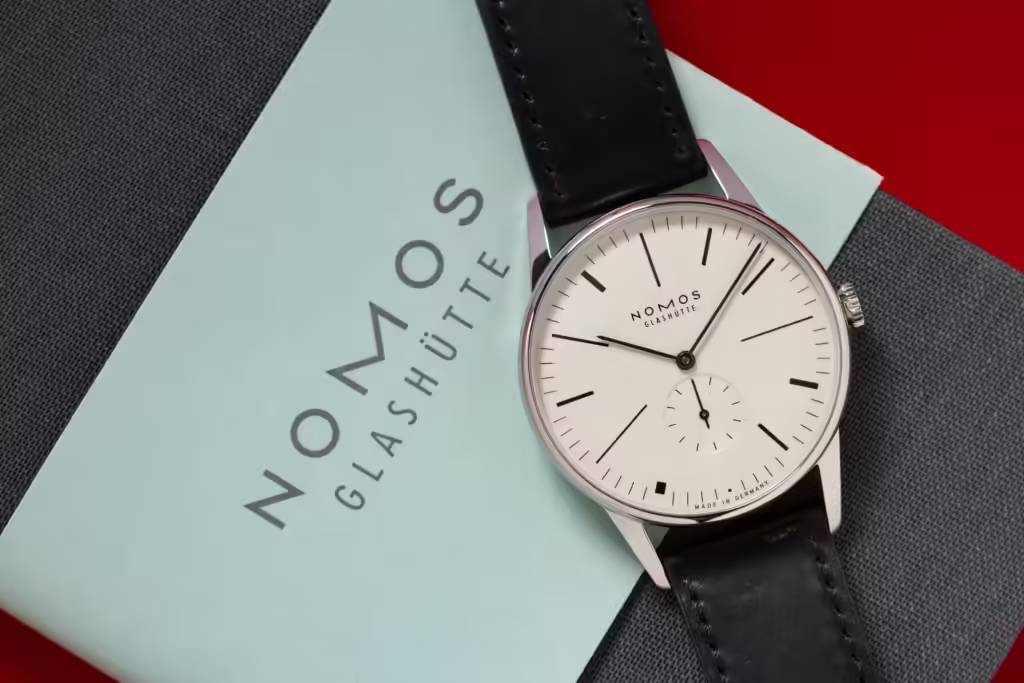
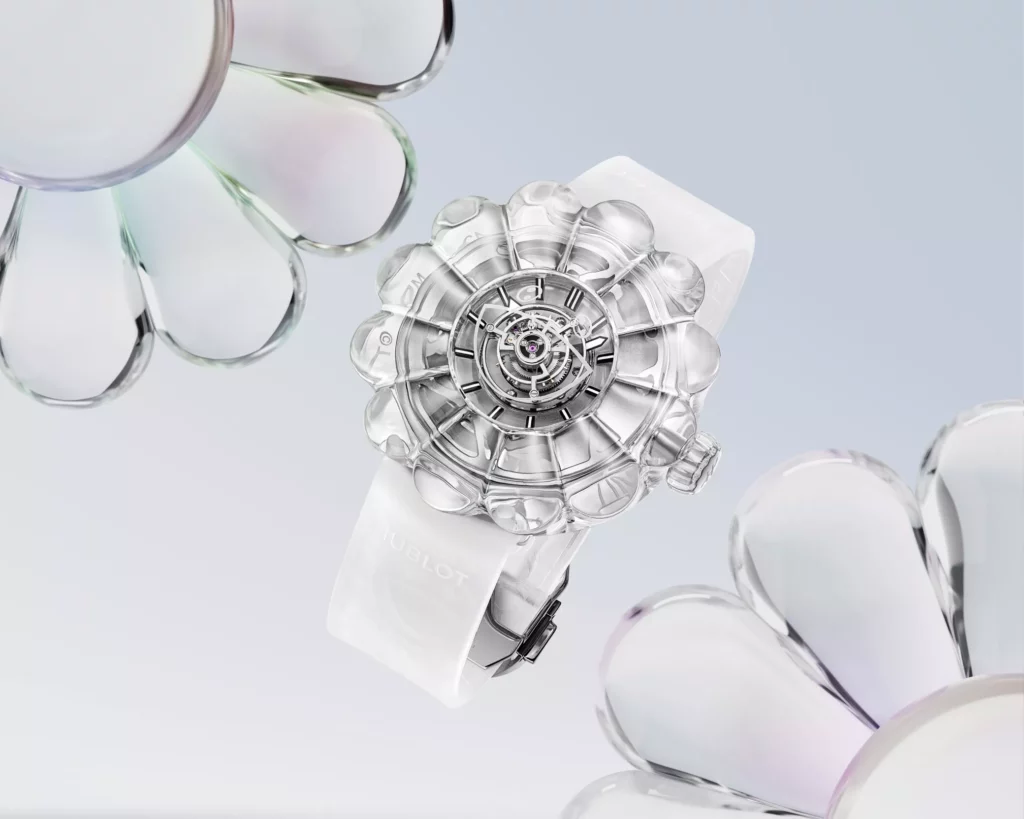
- Example: Hublot x Takashi Murakami
The collaboration between Hublot and Japanese artist Takashi Murakami is a perfect example of how to blend artistic vision with watchmaking expertise. Murakami’s iconic smiling flower motif was masterfully integrated into Hublot’s luxury watch design, resulting in a piece that was instantly recognizable as both a work of art and a high-end timepiece. The watch was not only a statement piece but also a collector’s item, appealing to both art enthusiasts and watch collectors. - Example: Ace Jewelers x NOMOS Orion De Stijl
Ace Jewelers and NOMOS took a creative approach with the Orion De Stijl, a watch inspired by the De Stijl art movement that originated in the Netherlands. The design featured a minimalist dial with asymmetrical hour markers in red, yellow, and blue—colors famously used by De Stijl artists like Piet Mondrian. This collaboration successfully merged NOMOS’s clean, Bauhaus-inspired aesthetic with a cultural homage that resonated with both art lovers and watch collectors. The watch’s limited production run added to its exclusivity, making it highly desirable among collectors. - Prototyping and Iteration: Developing prototypes is an essential part of the design process. It allows both brands to see how the concept translates into a physical product and make any necessary adjustments. This iterative process ensures that the final design is not only visually striking but also practical and comfortable to wear. During this phase, gathering feedback from key stakeholders, including potential customers, can help fine-tune the design to better meet market expectations.
Production and Quality Control
Once the design is finalized, the next step is production. For a limited edition watch, maintaining high standards of quality is non-negotiable. Every piece produced must meet the rigorous standards expected by collectors and enthusiasts.
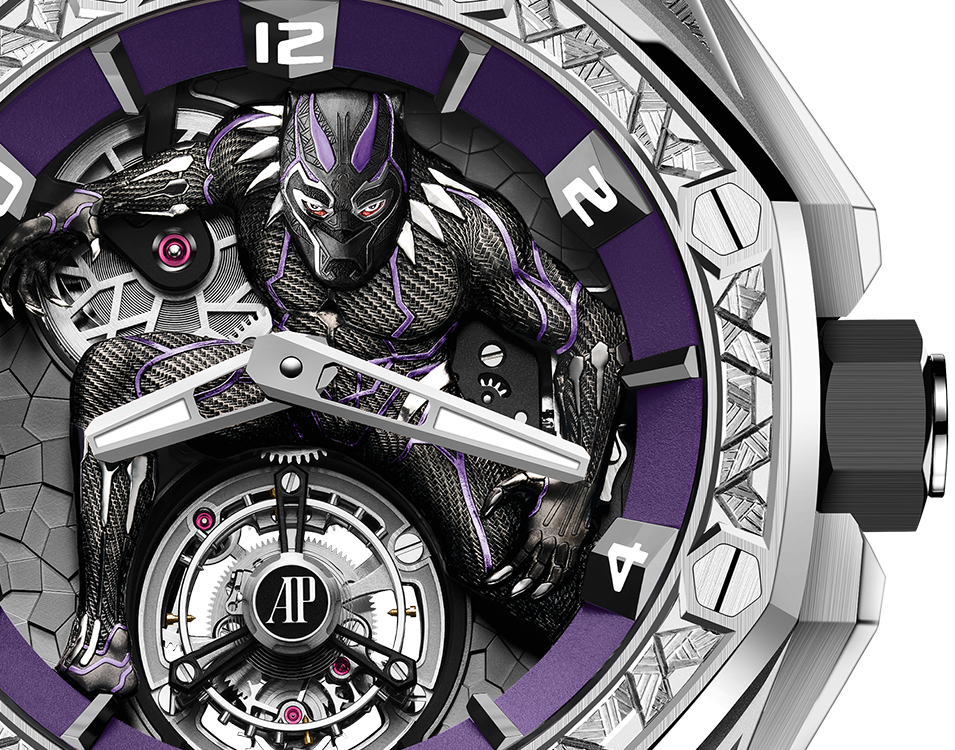
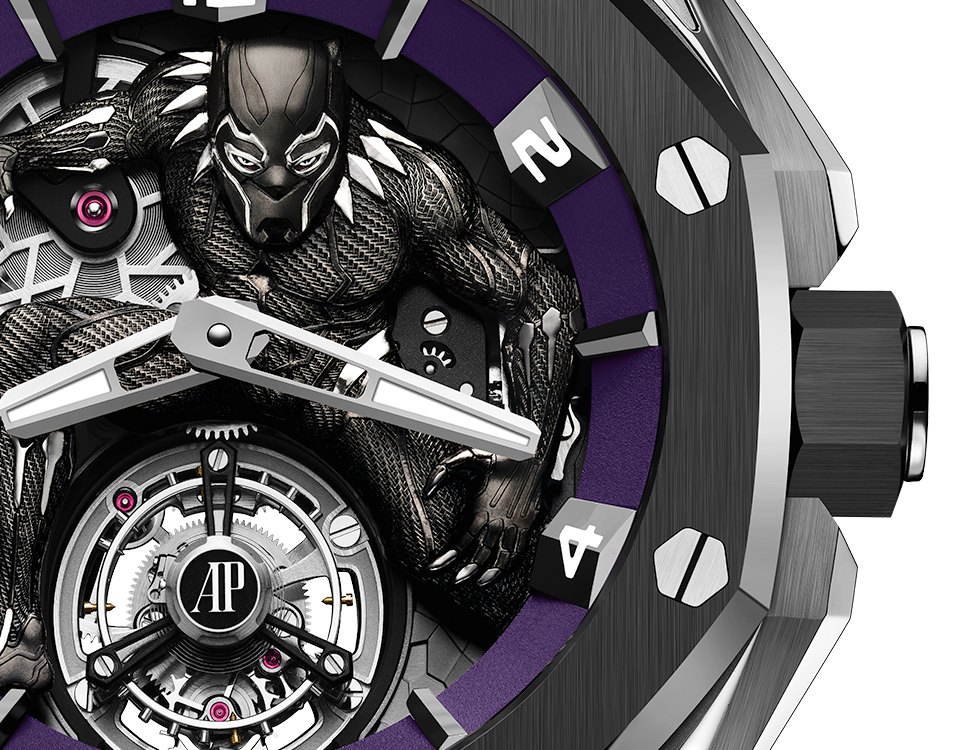
- Example: Audemars Piguet x Marvel
The Audemars Piguet x Marvel collaboration, which resulted in the Royal Oak Concept “Black Panther” Flying Tourbillon, exemplifies the importance of production quality. With only 250 pieces made, each watch was meticulously crafted to reflect the intricate details of Marvel’s Black Panther character, while also showcasing Audemars Piguet’s technical expertise. The use of high-end materials and advanced manufacturing techniques ensured that each watch was not only a visual masterpiece but also a technical marvel, appealing to both comic book fans and watch collectors. - Maintaining Exclusivity: Deciding on the size of the production run is crucial in maintaining the watch’s exclusivity. A smaller production run typically increases the desirability and perceived value of the watch. However, it also means that the production process must be flawless—any defects could significantly impact the watch’s reputation and the success of the collaboration.
- Rigorous Quality Control: Quality control is essential to ensure that each watch produced meets the high standards expected from a luxury timepiece. This includes thorough inspections of the materials, the precision of the movement, and the overall finishing of the watch. For a limited edition collaboration, even the smallest flaw can be detrimental, making quality assurance a critical component of the production process.
Marketing and Pre-Launch Strategy
A successful launch of a limited edition collaboration wristwatch depends heavily on a well-crafted marketing and pre-launch strategy. Building anticipation and excitement around the watch is essential to ensure a strong reception upon release.
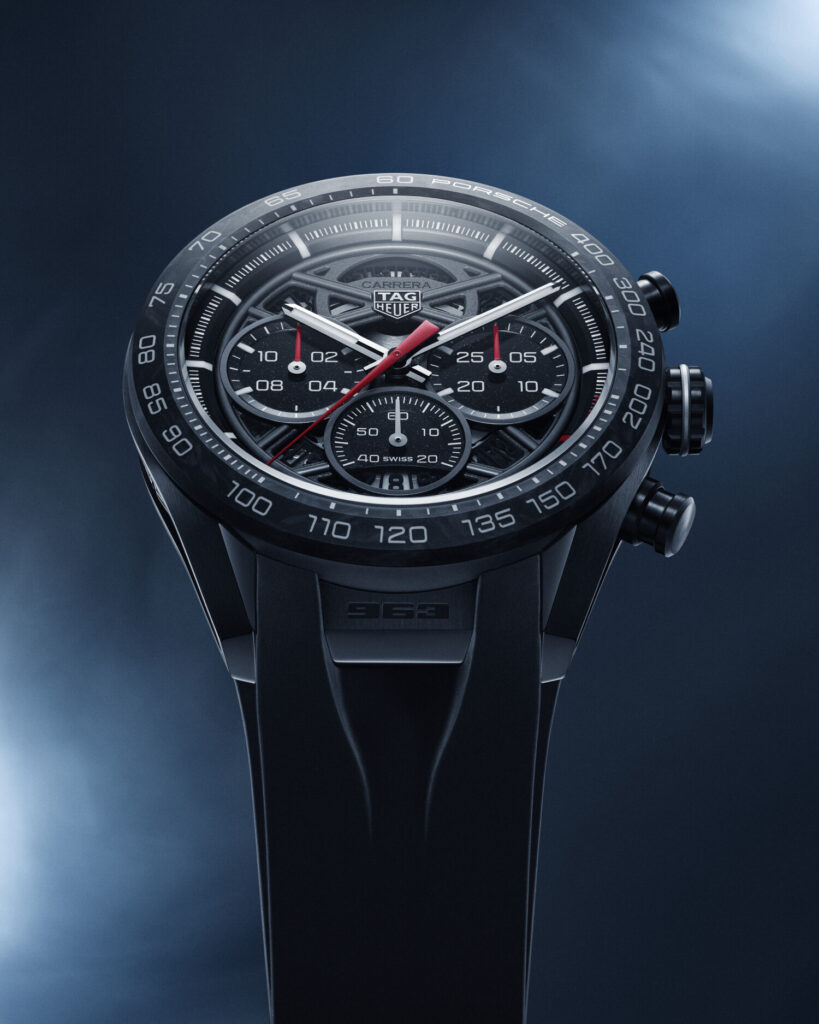
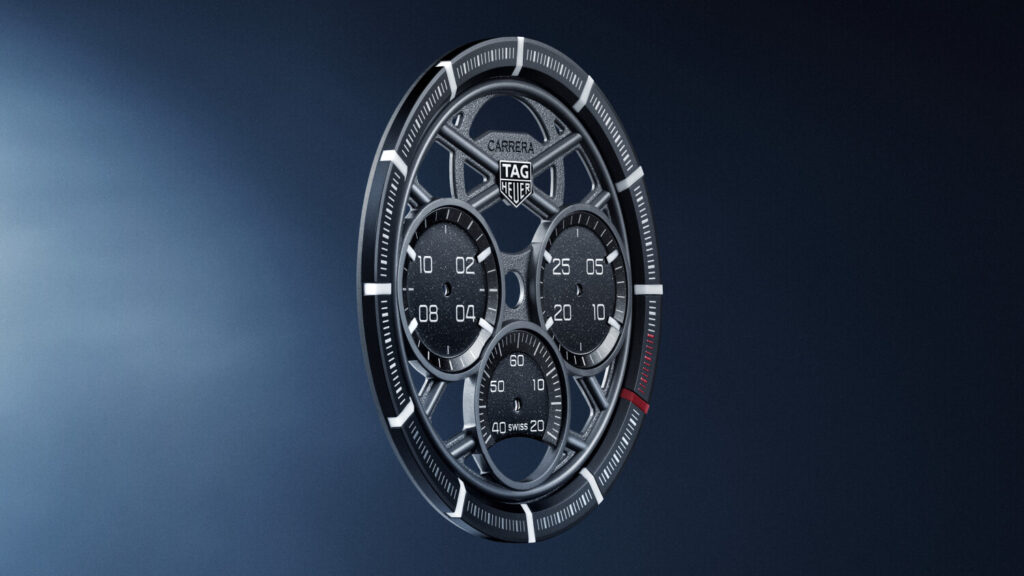
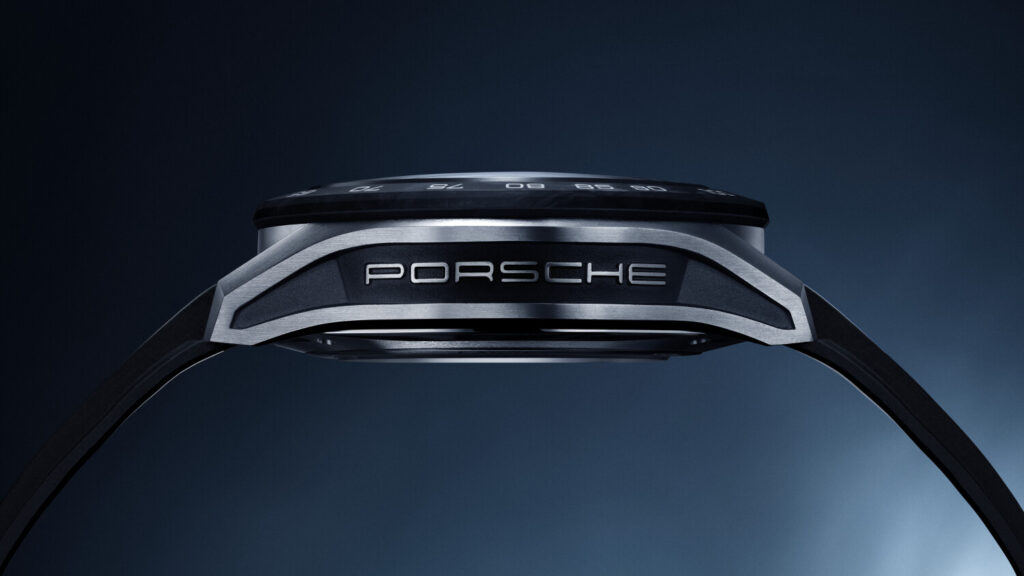
- Example: TAG Heuer x Porsche
The TAG Heuer x Porsche collaboration was a textbook example of how to build anticipation for a watch release. The campaign highlighted the shared history of precision engineering between the two brands, resonating with both car enthusiasts and watch collectors. The marketing strategy included teaser videos, social media campaigns, and partnerships with influencers, all of which built excitement leading up to the launch. The watch was positioned not just as a product but as a celebration of the collaboration between two iconic brands. - Insights from Hodinkee and Other Watch Blogs: Leading watch blogs like Hodinkee, Monochrome, and Fratello play a crucial role in the marketing strategy for limited edition watches. These platforms have significant influence among watch enthusiasts and collectors, making them ideal partners for generating buzz around a new release. For example, Hodinkee’s in-depth coverage and exclusive reviews can help build credibility and excitement for the watch. A well-timed article on Fratello or Monochrome, combined with social media campaigns, can create a groundswell of interest, driving demand ahead of the official launch.
- Building Hype and Anticipation: Creating a sense of anticipation is crucial for a successful launch. This can be achieved through teaser campaigns, which gradually reveal details about the watch—such as design inspiration, materials, and unique features. Social media platforms, email newsletters, and partnerships with influencers are powerful tools for engaging the audience and building excitement. Additionally, hosting pre-launch events, either virtual or in-person, can create a buzz and offer exclusive first looks to select customers and media.
- Leveraging the Collaborator’s Audience: The collaboration should also tap into the partner’s audience. Joint marketing efforts, such as co-branded content, exclusive interviews, or behind-the-scenes videos, can significantly increase the watch’s visibility. For example, if the collaborator is a popular artist or fashion brand, their endorsement of the watch can drive substantial interest and broaden the appeal to new customer segments.
Launch and Post-Launch Strategy
The launch of the watch is the culmination of the entire process, but the work doesn’t stop there. A well-executed post-launch strategy is crucial for sustaining interest and ensuring the watch’s long-term success.
- Example: Patek Philippe x Tiffany & Co.
The Patek Philippe x Tiffany & Co. Nautilus 5711/1A-018 is a prime example of a successful launch and post-launch strategy. With only 170 pieces produced, the watch was released to coincide with the 170th anniversary of the partnership between the two brands. The launch was accompanied by a high-profile event that garnered significant media attention, and the watch quickly became one of the most sought-after pieces in recent years. Post-launch, the continued coverage and discussions in watch forums and blogs like Hodinkee and Monochrome helped maintain interest and drive secondary market value. - Creating a Memorable Launch Event: The launch event should be an experience that reflects the exclusivity and prestige of the collaboration. Whether it’s a physical event at a flagship store or a virtual launch, the event should offer something unique—such as the first opportunity to purchase the watch or exclusive insights into the design and production process. This helps to create a lasting impression and builds a stronger connection with the attendees.
- Selective Distribution and After-Sales Engagement: Maintaining the exclusivity of the watch extends to its distribution. Limiting the sales channels to high-end retailers, the brand’s boutiques, or select online platforms preserves the watch’s allure. After the launch, engaging with customers is crucial. Offering exclusive content, such as interviews with the designers, behind-the-scenes videos, or invitations to special events, can help build a loyal community around the watch. Platforms like Fratello and Hodinkee can be leveraged to keep the conversation going, with post-launch reviews, interviews, and in-depth features that sustain interest and increase the watch’s desirability.
Conclusion
Successfully creating and launching a limited edition collaboration wristwatch is a complex process that requires strategic planning, creative collaboration, and flawless execution. From selecting the right partner and developing a unified concept to designing a watch that captures the essence of both brands, every step is crucial to the project’s success. Real-world examples like the Omega x Swatch MoonSwatch, Ace Jewelers x NOMOS, and Patek Philippe x Tiffany & Co. demonstrate the potential impact of a well-executed collaboration.
Moreover, the role of watch blogs like Hodinkee, Monochrome, and Fratello cannot be underestimated. These platforms not only help build anticipation and drive sales but also provide ongoing coverage that can enhance the watch’s legacy long after the initial launch. The ultimate goal is to create a timepiece that is not just a watch but a story, a piece of art, and a collectible item that resonates with enthusiasts and collectors for years to come.
